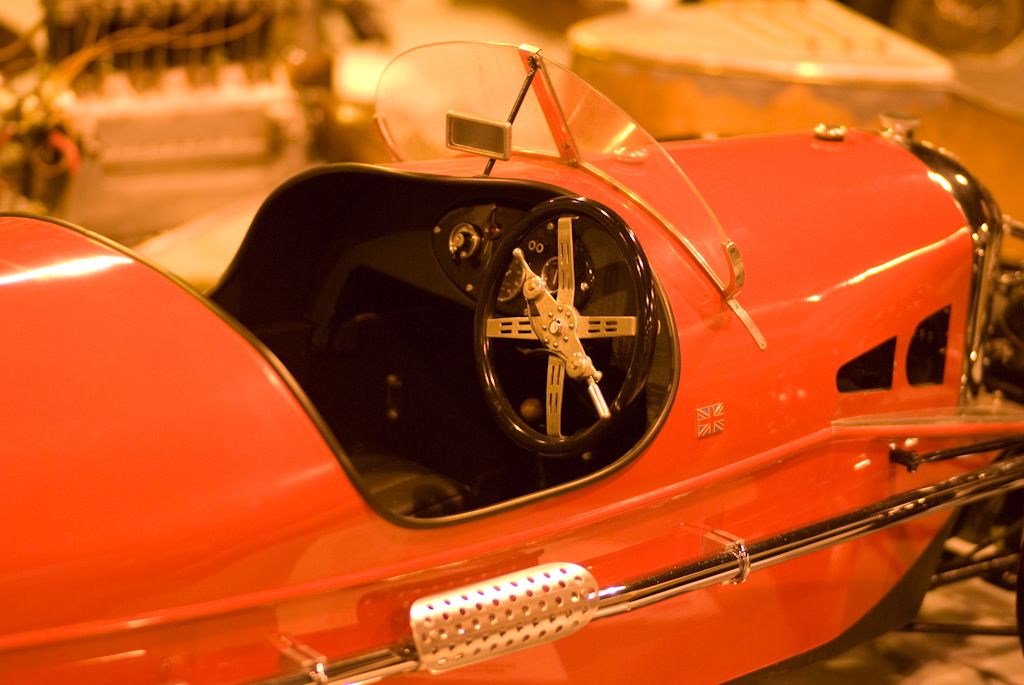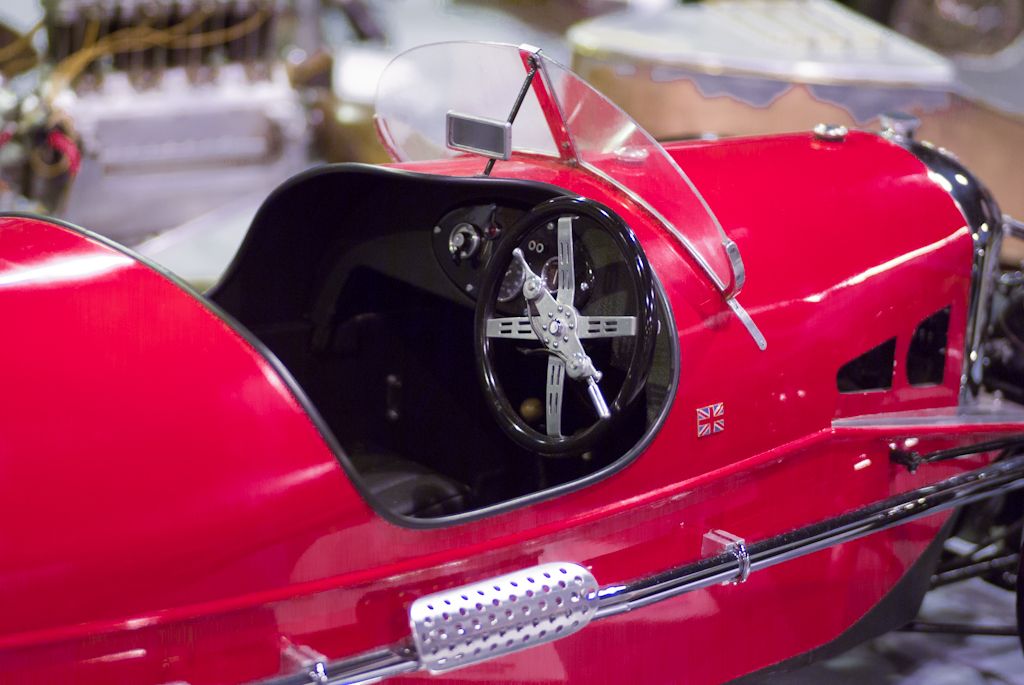Better Photos
Better Photos
- This topic has 23 replies, 15 voices, and was last updated 15 June 2012 at 10:00 by
Steve Withnell.
Viewing 24 posts - 1 through 24 (of 24 total)
Viewing 24 posts - 1 through 24 (of 24 total)
- Please log in to reply to this topic. Registering is free and easy using the links on the menu at the top of this page.
Latest Replies
Viewing 25 topics - 1 through 25 (of 25 total)
-
- Topic
- Voices
- Last Post
Viewing 25 topics - 1 through 25 (of 25 total)
Latest Issue
Newsletter Sign-up
Latest Replies
- Building Bernard Tekippe’s Precision Regulator
- Brian’s 1″ Minnie Traction Engine
- Sandvik Coromant 20mm hand-scraper
- Tungsten Contact Points
- Stuart Twin Victoria (Princess Royal) Mill Engine
- New Warco D330 – Some Advice Please
- Suitable fuel for boll aero engine
- Aliphatic glue removal/separation
- Colchester Chipmaster Clutch question
- Not unexpected, but is it predictable ?






